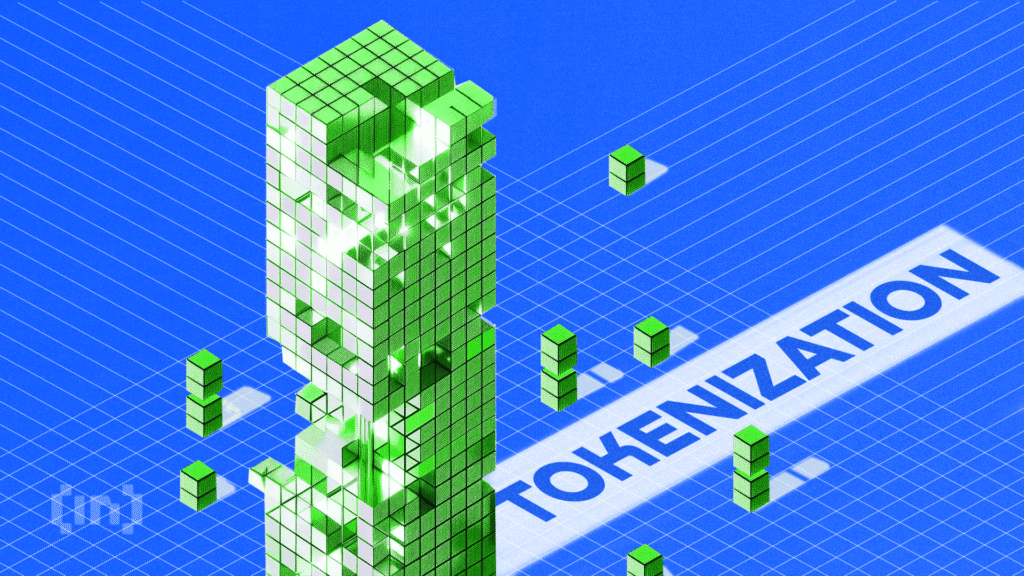The tokenization of real-world assets (RWAS) has attracted institutional attention. Therefore, market participants question whether RWA represents the next wave of financial innovation or a speculative bubble awaiting an explosion.
Beincrypto spoke exclusively to market analyst Michael van de Poppe, who highlighted how the RWA market can change global finance in the coming years.
Real-world asset tokenization expands
sponsor
The RWA market has skyrocketed from $29.6 billion to $72.85 billion over the past year, marking a 143% increase. This sharp rise underscores the growing confidence of investors in tokenized assets, filling traditional finance into the blockchain ecosystem.
Van de Poppe told Beincrypto that institutional players are beginning to recognize the potential of tokenized assets.
“This is a sign of interest from Web 2 and Tradfi to the so-called RWA market. The RWA market has already grown significantly as we have seen the surge in Stablecoin supply and strong profits of Stablecoins and the interest of Web 2 institutions. Inventory, and it has taken a massive run. Passing through there, the RWA market is definitely awake and will become the core pillar of this cycle,” emphasized Michael.
LSEG’s new Digital Market Infrastructure (DMI) platform will incorporate private funds (format RWA: traditional investment funds rather than crypto-native) and place the entire lifecycle in distributed ledger technology (DLT) from issuance to settlement. Because private fund stocks can be expressed digitally, this is an active tokenization that makes it easier to distribute and trade among investors.
Want more token insights like this? Sign up for Editor Harsh Notariya’s daily crypto newsletter.
sponsor
Furthermore, it is interoperable with both old systems and newer blockchains, making it a bridge between traditional finance (Tradfi) and Defi-style tokenized markets. When global market operators like LSEG build the RWA platform, tokenization moves beyond the startup to the financial core. Like the tokenized Treasury and real estate, private equity/credit funds have been digitalised and the RWA category has been expanded.
Although RWA suffers from being illiquidity, tokenization along with DMI could change it by enabling secondary transactions. Additionally, LSEG is trusted by banks, asset managers and regulators. The move could encourage more institutional players to treat tokenized RWAs as legitimate. This could result in a significant increase in TVLs locked to the RWA protocol at this time, standing at $157.9 billion.

In the US, NASDAQ is also pursuing changes to the rules that allow companies to list tokenized stocks. Speaking to Michael, he pointed out that this was a huge positive sign for the RWA market.
“If a key player like the Nasdaq is jumping into the initiative and exploring opportunities, taking it seriously is a big signal to the market, so I think we’ll see this particular vertically strong expansion,” Michael pointed out.
sponsor
Despite this institutional entry, the RWA sector remains in its early stages. Infrastructure is still mature and regulatory clarity remains limited. While major exchange entry provides legitimacy, the market requires time before achieving widespread adoption and scalability.
“To me, we are still in a very early stage of tokenization, but given the rapid expansion of the parties involved, there seems to be a great interest in tokenization (in that sense, mentioning that tokenization is the future and an investment of over a billion people since then, it has definitely become saturated. Michael told Beincrypto.
Ondo is waiting for a breakout
With Altcoin waiting for a breakout above $1.13, Ondo Price is considering potential benefits. This is because during the five months from March to July, Ondo formed a bullish volatility contraction pattern (VCP) that he had not yet examined.

sponsor
Volatility shrinkage patterns (VCPs) form when prices tighten, indicating a decline in volatility and steady accumulation. When pressure builds up, breakouts that exceed resistance often cause sharp upward movement. For ONDO, this resistance zone is located below $1.20.
Currently, Altcoin has been consolidated between $1.06 and $0.90, focusing on declining trading volumes. The decline in volume examines the pattern and when Ondo notes the sharp rise in prices and the surge in trading volume, a breakout is confirmed. This will bring Altcoin to $1.37, reaching over $1.91.
Such a move confirms investors’ convictions and, for Defi, an increase in demand for RWA tokenization, similar to Ethereum.
“If a particular vertical starts to show interest and the project shows strength, this will increase interest from the Web 2 institutions. Ultimately, these institutions are trying to generate returns. If there is a validation that a particular protocol is working on a powerful solution to an existing problem, it is very likely to rival a strong increase that rivals the interest of Etherem.
But with a realistic approach in mind, the wider market slump was able to weigh Ondo. If bear pressure builds up, the token can fall below $0.90 and fall to $0.84 or $0.78. Such a move negates bullish projections and highlights the continuing risks of the still developing RWA sector.

